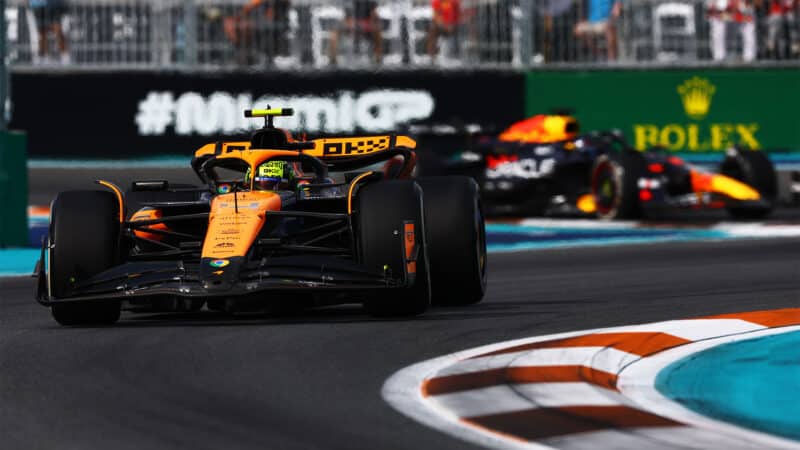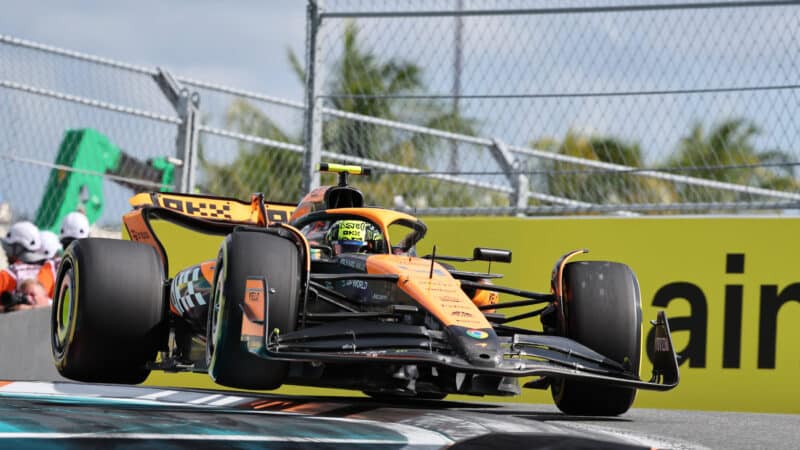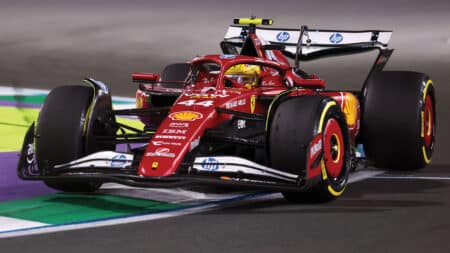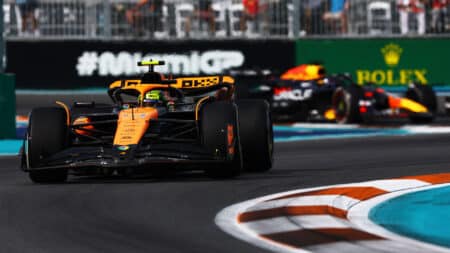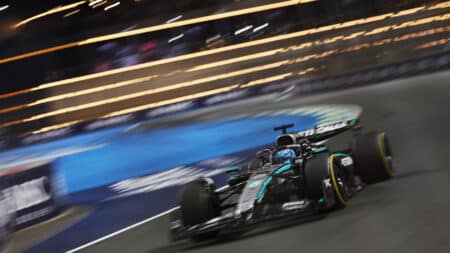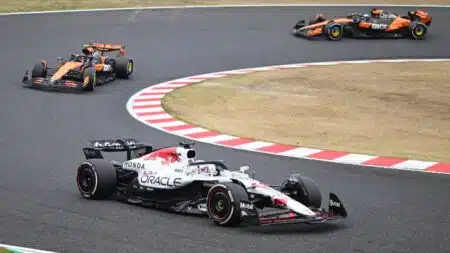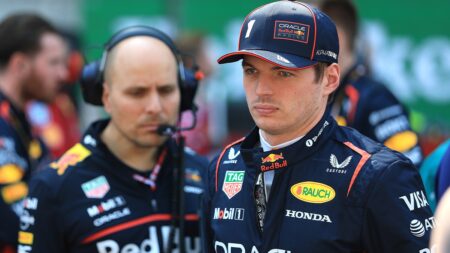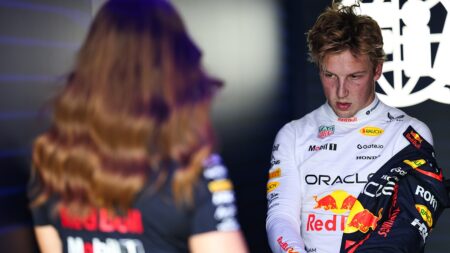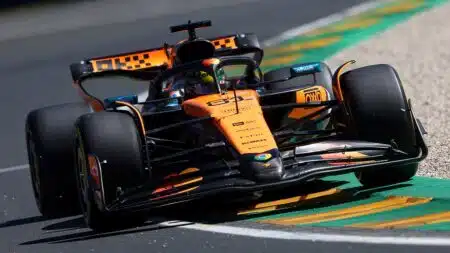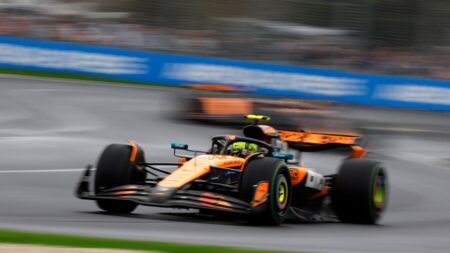The Woking squad had perfected how it integrated its simulation tools – the tunnel and CFD – with track reality with a generation of car where that correlation was notoriously capricious. There was no mad rush to be forever bringing new development parts. Just a few focused update packages through the year, with nothing being made until the tunnel and CFD agreed. Red Bull, Ferrari and Mercedes all comfortably out-stripped McLaren in the number of upgrades they brought to their cars. If the tunnel was giving a green light but the CFD not, then it wouldn’t be made. If everything looked good in CFD but not the tunnel, no dice.
It was about making the two tools agree as closely as possible. Which took time. Because once into the gains made at the incredibly low ride heights these cars run, things can easily go exponential. It became clear that the previous expectation of tunnel and CFD agreeing was no longer always valid. It had become incredibly easy to head up the wrong development path and McLaren’s main rivals all did so as they added forever more new parts.
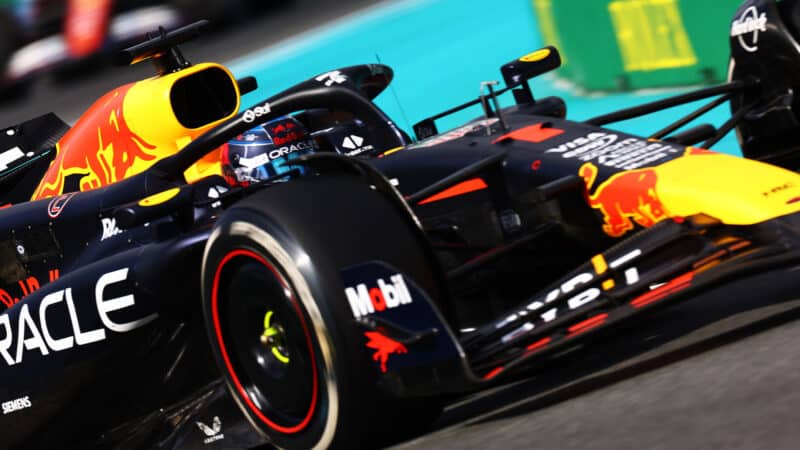
Verstappen has compensated for the Red Bull’s deficiencies over the past season
McLaren carefully introduced some innovation with the ’25 car, with a front suspension running even more anti-dive, allowing them the platform control these cars need to achieve consistent through-corner balance but without the extreme stiffness of others. That and an aero boost to the underfloor.
It’s taken Red Bull a few wrong turns with a difficult old wind tunnel to reverse out of its response to McLaren’s breakthrough at Miami last year. But might Miami this weekend again be the venue for a new performance order, as Red Bull brings an all-new floor based upon its new understanding? Or will it still be left relying on the genius of its driver to pull a rabbit out of the hat? This weekend might be a crucial inflexion point of the season.
